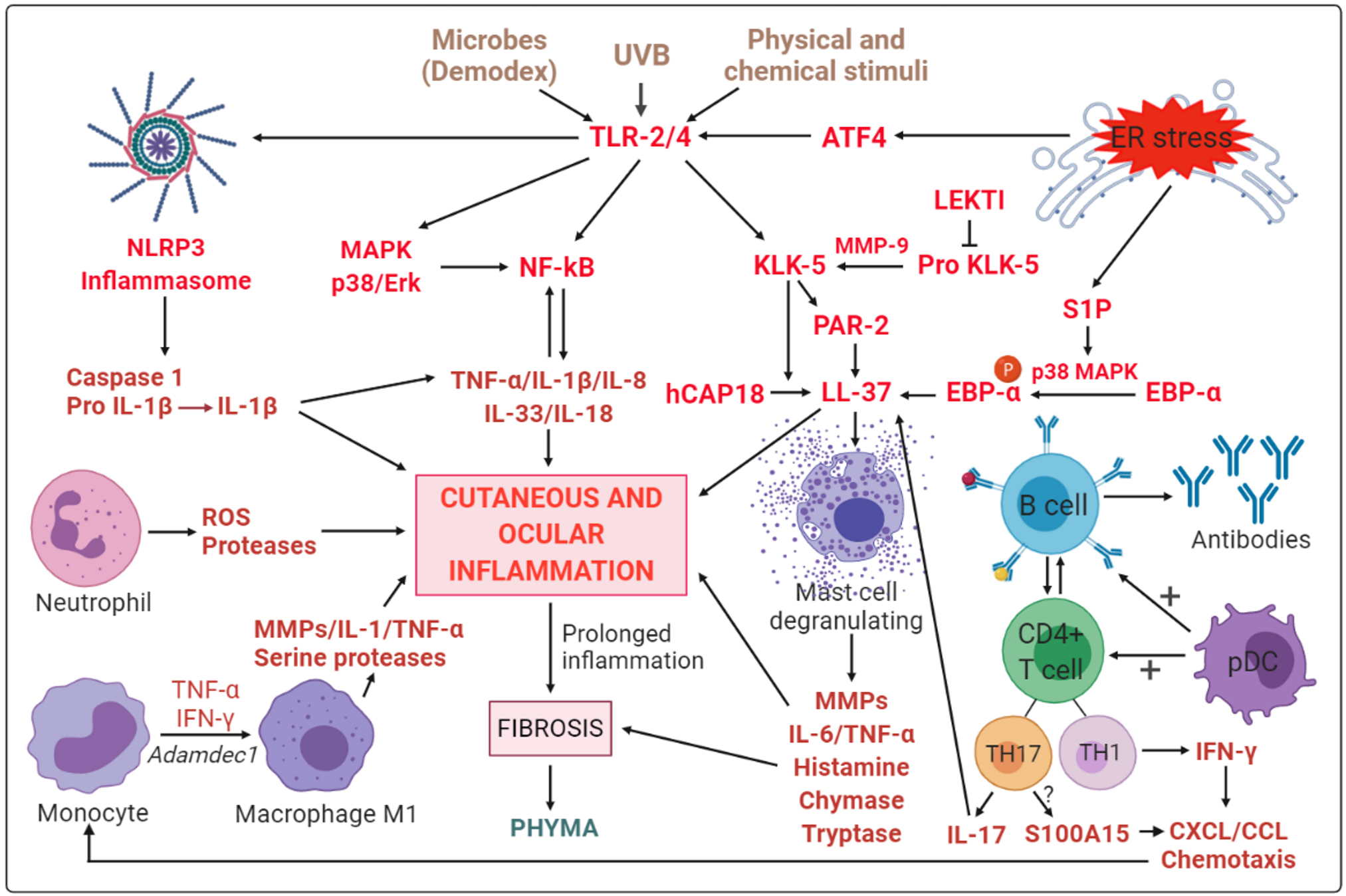Figure 3. Possible mechanisms of involvement of both innate and adaptive immunity in rosacea pathophysiology. Activation of Toll-like
receptor 2 and 4 (TLR-2, 4), which are expressed in different cell types in the skin and the eye, after stimulation by various
external stimuli induces the production of the antimicrobial peptide human cathelicidin peptide (LL)-37 by activation of the
serine protease kallikrein 5 (KLK-5), which cleaves the precursor peptide 18-kDa cationic antimicrobial protein (CAP-18) into
the active form LL-37. KLK-5 is regulated by several other activators, including matrix metalloproteinase-9 (MMP-9), and repressors,
such as the Kazal-type lymphoepithelial inhibitor (LEKTI). LL-37 activation by either KLK-5 or protease-activated receptor
2 (PAR-2) results in the activation and degranulation of mast cells, which release proinflammatory mediators, including MMPs,
tumor necrosis factor- α (TNF-α), and interleukins (ILs), leading to the initiation or aggravation of inflammation at the
cutaneous and ocular levels. Histamine release leads to fibrosis and the appearance of phyma. The activation of the nuclear
factor kappa B (NF-κB) signaling pathway by TLRs or active MAPK protein 38 (p38) and extracellular signal-regulated kinase
(Erk) can also activate the NF-κB pathway, leading to the release of several proinflammatory factors, including IL-33, IL-8,
IL-18, and IL-1β. Their release can also be increased by the activation of the nucleotide-biding domain leucin-rich repeat
and pyrin-containing receptor 3 (NLRP3) inflammasome. Endoplasmic reticulum (ER) stress participates in inflammatory mechanisms
through the release of activating transcription factor 4 (ATF4), which promotes the activation of TLR-2. Sphingosine-1-phosphate
(S1P) leads to the activation of enhancer-binding protein α (EBP-α), which also activates LL-37. Neutrophils release reactive
oxygen species (ROS) and proteases. Macrophages, where M1 polarization appears to be favored by Adamdec1, also participate in inflammation by secreting other inflammatory factors, such as proteases or MMPs, TNF-α, ILs, and serine
proteases. Plasmacytoid dendritic cells (pDCs) promote the activation of B and T cells. TH1 and TH17, polarized CD4(+) T cells
of the adaptive immune system, secrete interferon-gamma (IFN-γ) and IL-17, respectively, leading to chemotaxis of other leukocytes
by enhancing chemokine (C motif) ligand (CCL) and chemokine (C-X-C motif) ligand (CXCL) expression and increased activation
of LL-37. TH17 cells are thought to stimulate the activity of koebnerisine (S100A15), an antimicrobial peptide that promotes
the recruitment of inflammatory cells.

 Figure 3 of
Rodrigues-Braz, Mol Vis 2021; 27:323-353.
Figure 3 of
Rodrigues-Braz, Mol Vis 2021; 27:323-353.  Figure 3 of
Rodrigues-Braz, Mol Vis 2021; 27:323-353.
Figure 3 of
Rodrigues-Braz, Mol Vis 2021; 27:323-353. 